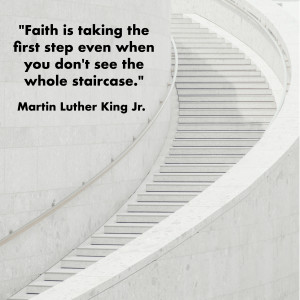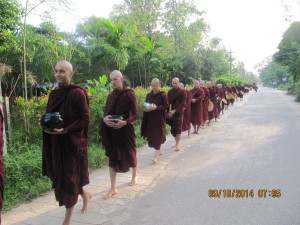After taking seven semesters of economics, I left the university with a clear understanding of GDP—it stands for Gross Domestic Product and basically means how much an economy produces/consumes every year. It’s a standard measure of success for an economy—although, the measure isn’t so much about GDP itself as it is GDP growth from one year to the next—as in, if country X produced 1,000 apples last year, they’ll only be satisfied if they produce at least 1,040 apples this year (a 4% increase).
What I found remarkable in those classes is that never once was I taught the underlying reason of why growth was so great. It was just assumed that growth was success, that producing more and more every year meant wide-spread happiness.
When people first wake-up to the fact that “there’s more to life than this”, they generally test out the spiritual and self-help marketplace. Yoga. Tai Chi. Detox Diets. Meditation. Mindfulness. Christianity. Buddhism. Affirmations. Exercise. Therapy. Energetic healing. The list goes on and on.
When I set out on my journey back in 2012, I head a deep underlying sense of not being okay with myself. On the outside, I seemed happy enough and I was relating to life with energy and enthusiasm; but, on the inside, something was off. In the previous years, I’d already tried a number of things to attain enduring happiness—all of them were unsuccessful. So, this time, I pursued spiritual practice and dove deeply into yoga and buddhism, climaxing in a 21 month meditation retreat.
Somewhere during that retreat it struck me that the basic cause of unhappiness is the belief that we can be more happy.
This came shortly after attaining a very high level of meditation practice, when I still saw a background voice that said, “well, my practice is good, but I can do even better!” I saw so deeply that even if I got enlightened, that voice would still be saying, “well, the first stage of enlightenment is nice, but now lets go get even more enlightened!”
I see so many friends and modern citizens caught in that same cycle—endlessly pursuing “growth”, trying out those different practices in the marketplace, endlessly looking to be a better self, never relaxing, never allowing themselves to contentedly have a cup of ice cream and watch a tv show.
Of course, it’s all a balance—no one would tell country X that next year they should produce 0 apples and allow everyone to starve. Instead, maybe they figure out the amount of apples that everyone needs to feel nourished and contented; and, rather than constantly try to get more apples, just stick with that—whether it be 50 apples or 2,000 apples.
Basically, the constant pursuit of growth, of trying to get more in order to be happy is a great downfall of our times; oh how I wish everyone from suit-wearing politicians to spiritual seekers could figure out that it’s actually about balance and contentment.




